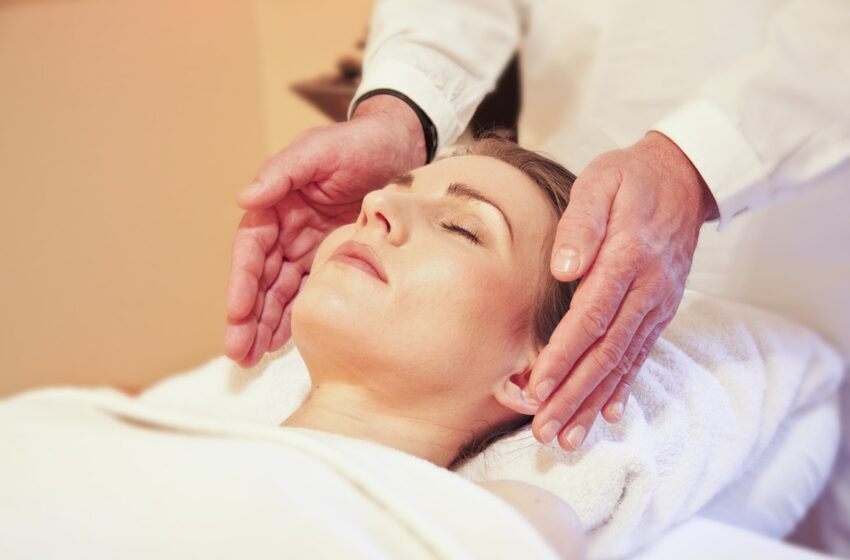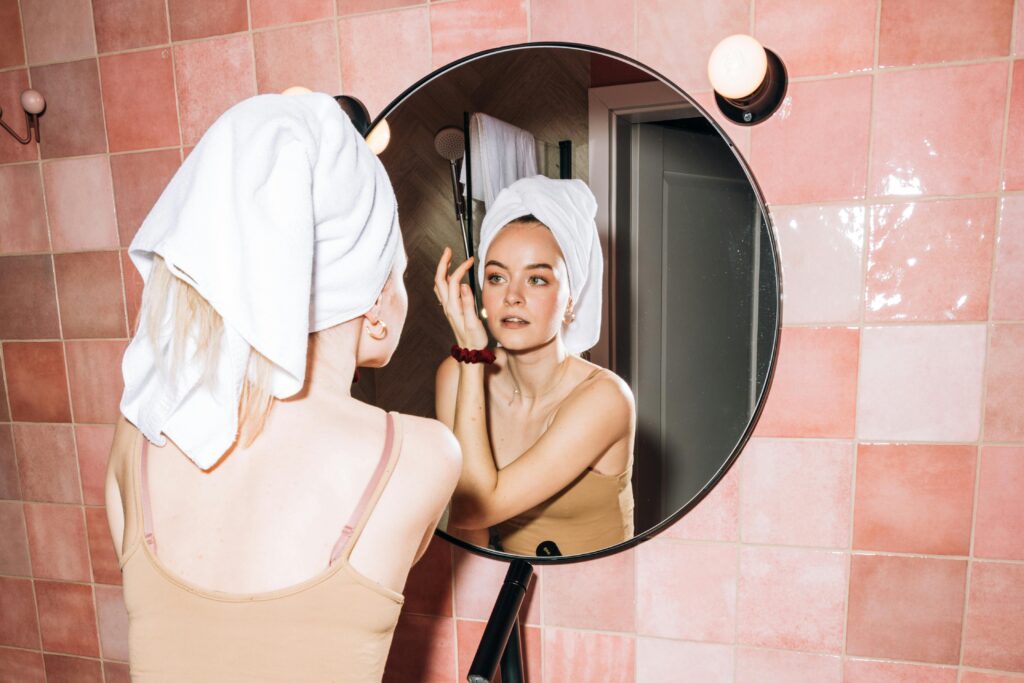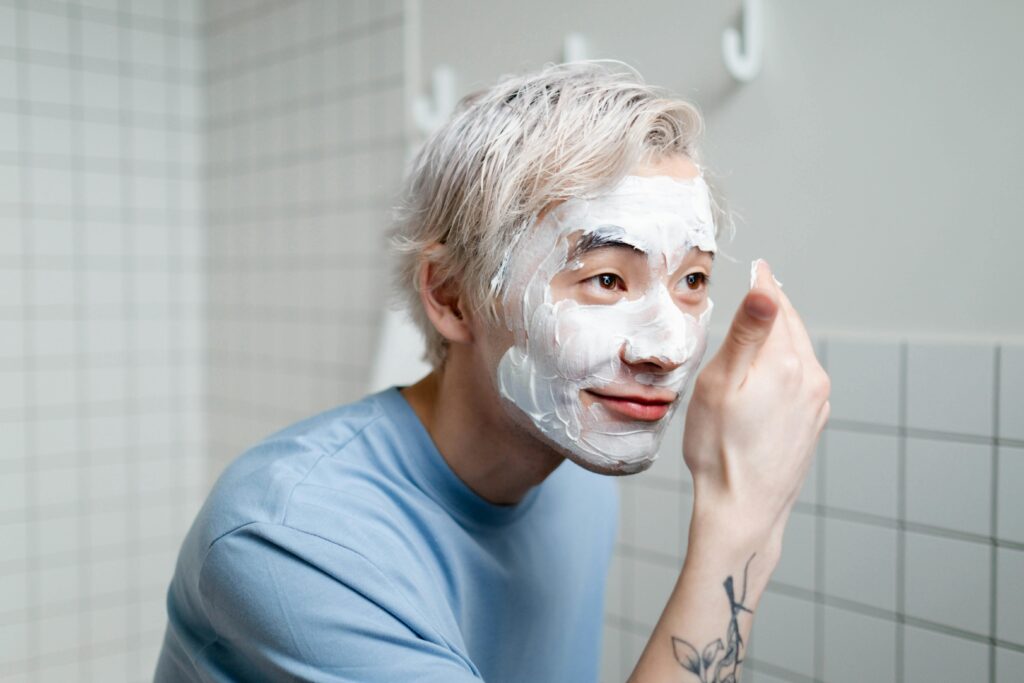Things To Know About Spot Treatment

If you have the unfortunate experience of dealing with acne, you may be familiar with skin spot treatment and may even possess one. Hydrocolloid pimple patches, which come in various shapes and sizes, have recently seen a surge in popularity on social media as an alternative to creams and gels.
Spot treatments are often use when a breakout occurs but are not a miracle cure for acne. If you’re doubting their claimed benefits, you’re not alone. Michelle Henry, MD FAAD, is a board-certified dermatologist and a consultant for L’Oréal Paris who practices in New York City. Find out what spot treatments are, how to detect if they’re working, and how to include them in your regimen by reading on!
Understanding Spot Treatment
Acne scars and dark spots left behind by acne can be reduce in appearance with the help of a spot treatment, which can take the form of a cream, gel, serum, or patch. They commonly have potent anti-inflammatory chemicals like salicylic acid (a beta hydroxy acid) or Niacinamide (vitamin B3). “Some creams or gels can make a little film on the skin, almost [like an acne] patch,” Dr. Henry says. Hydrocolloid dressings, commonly used for “spot treatments,” effectively reduce inflammation and swelling.
Spot treatments can be found in various formulations, each with its unique set of benefits. They are also helpful in minimizing the effects of acne.
Spot treatments can also be use to diminish the appearance of post-acne scars, sun spots, and other discolourations. These preparations typically contain lightening agents like retinoids or L-ascorbic acid. Dr. Henry says Niacinamide, which can be use for skin lightening, is also a popular choice for treatments like these. As a bonus, topical Niacinamide has been shown to lessen hyperpigmentation and calm redness and blotchiness, as report in The Journal of Clinical and Aesthetic Dermatology.
How to Use a Spot Treatment
While some treatments are meant to be use all over the face, others are design specifically for use on blemishes. “We always want to treat and prevent,” Dr. Henry explains. “I favor systemic approaches, with secondary, targeted care in the event of any breakthrough symptoms.” An all-over treatment is a serum on your face and neck to help brighten your complexion, while a spot treatment is something you put on specific problem areas, like dark patches or active breakouts.
Always check with your dermatologist before introducing a new product or ingredient into your skincare routine, and follow the directions on the packaging carefully.
There is a proper (and incorrect) way to apply a spot treatment, so long as you take the time to read the directions on the product’s packaging or the manufacturer’s website. Using a spot treatment as part of your regular skincare routine is outline below.
- Skin Preparation
Always cleanse your skin first, even if you’re going to do a spot treatment. Facial serums and spot treatments are useless if applied to unclean skin and may irritate.
- Use Face Serums
Use a facial serum all over the face if you want it to work effectively against issues like dullness, dark spots, and acne. To ensure proper use, refer to the product’s box for guidance. These products are design to prevent and improve specific skin disorders and work best when applied all over the face.
- Use Your Localized Treatment Method
Next up after broad-spectrum serums are more specific therapies; in contrast, a focused treatment will be administer only to the areas with the problem (such as blemishes or dark spots) rather than the entire face. Dr Henry recommends a spot treatment for breakouts that persist despite your skincare routine.
- Moisturize
No matter your skin type, you should always include moisturizing in your routine. It will help to seal in moisture so that your serums and spot treatments can do their job.
When Will You See Results From a Spot Treatment?
If the skin problem you’re treating improves, Dr. Henry says it’s a good sign that your spot therapy is doing its job. A rash or other skin irritation indicates that your spot treatment isn’t doing the trick. Stop using it immediately and see a dermatologist if this happens.






